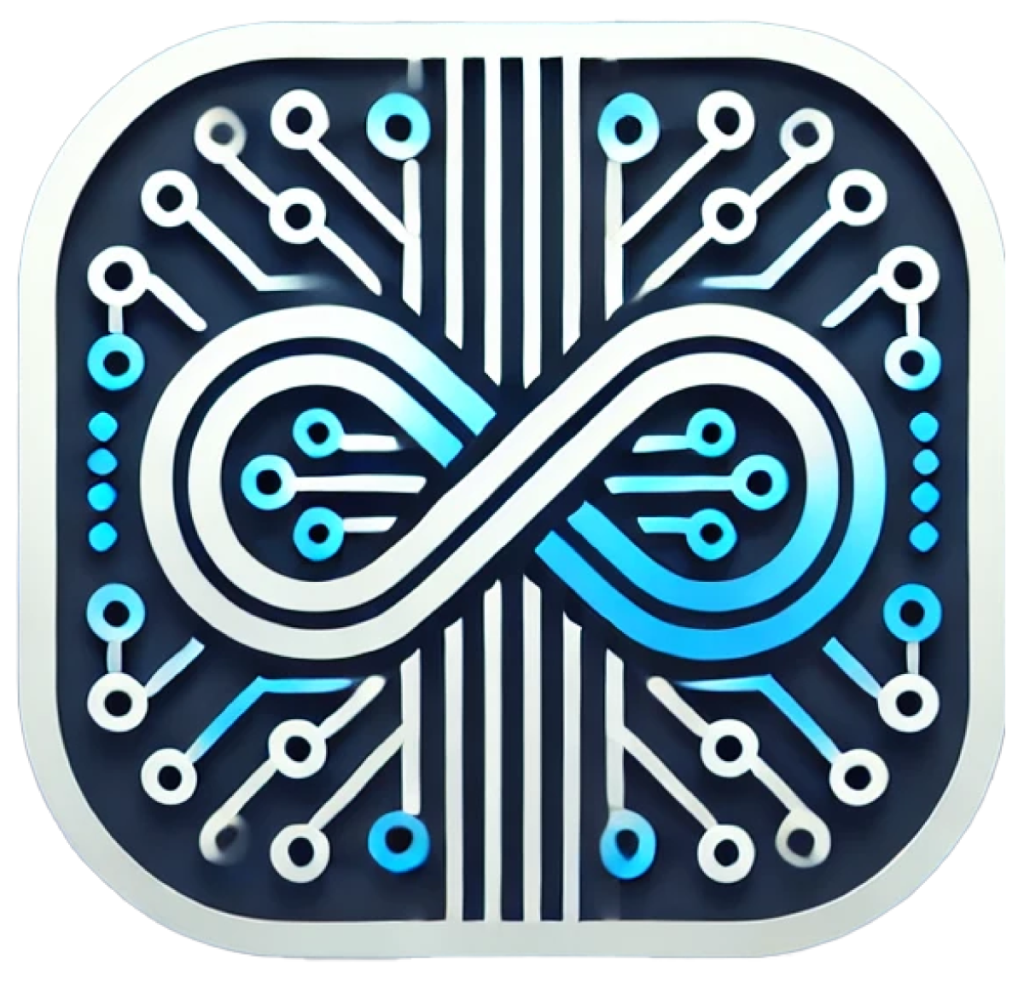Diverse learners each possess unique strengths, challenges, and styles of learning, making it crucial for educators to create tailored learning plans that truly resonate with their needs. By developing effective strategies that address these differences, you can foster an inclusive environment that enhances the educational experience for everyone. In this blog post, you’ll discover six crucial steps to create impactful learning plans that empower your students, promote engagement, and ultimately lead to improved outcomes. Let’s explore how you can make a meaningful difference in the learning journey of diverse learners.
Understanding Diverse Learners
A comprehensive understanding of diverse learners is imperative for creating effective tailored learning plans. Each learner brings unique experiences, backgrounds, and abilities, leading to varied interests and expectations in the learning process. By recognizing these differences, you can better support your learners’ growth and enhance their overall educational experience. Fostering an inclusive approach will help you design impactful learning strategies that resonate with every student in your classroom.
Defining Diverse Learning Needs
With diverse learning needs, you will encounter students who vary in their cognitive abilities, learning styles, and personal backgrounds. These differences can include factors like age, cultural influences, language proficiency, and specific learning challenges. Developing an understanding of these varying needs allows you to identify the most effective methods and resources to support each learner’s growth and success.
The Importance of Tailored Learning Plans
The significance of tailored learning plans cannot be overstated, as they address the unique requirements of every student. These personalized approaches encourage active engagement and motivation, helping learners achieve their personal goals. When you adapt your teaching strategies to accommodate different preferences, you create an environment where students feel valued and empowered to excel.
Hence, implementing tailored learning plans can enhance educational outcomes significantly. By customizing your approach based on the diverse needs of your students, you foster a sense of belonging and motivation. Tailored plans not only improve individual learning experiences but also promote a positive learning community. Ultimately, providing these personalized tools allows you to unlock each student’s full potential, leading to a more effective and enriching educational journey.
Step 1: Assessing Learner Profiles
Assuming you aim to create an effective tailored learning plan, the first step is to assess learner profiles. This involves gathering various insights about each learner, which will inform your approach to meeting their unique needs. By understanding their backgrounds, interests, and learning preferences, you can develop a more personalized education experience that engages and empowers each individual.
Gathering Data
Around the initial assessment, it is important to gather data from multiple sources, including interviews, surveys, observation, and performance records. This comprehensive collection will give you a multifaceted view of your learners, helping you identify their specific requirements and preferences. The more thorough your data collection, the better you will be equipped to design tailored learning plans that truly resonate with each student.
Analyzing Individual Strengths and Weaknesses
Across the gathered data, you’ll find vital insights about each learner’s strengths and weaknesses. With this information, you can tailor your instructional strategies to enhance their areas of proficiency while addressing their challenges. Prioritizing individual learner needs in your analysis promotes a more focused and supportive learning environment.
Data-driven analysis of individual strengths and weaknesses allows you to pinpoint where each learner excels and where they may struggle. By carefully reviewing assessment results and qualitative feedback, you can construct a targeted approach that improves learning outcomes. This understanding also empowers you to set specific, measurable goals for each learner, ensuring that your tailored learning plans are actionable and geared towards measurable progress. Embracing a holistic view of each learner can significantly enhance their educational journey.

Step 2: Setting Clear Learning Goals
Some learners thrive when they have clear, achievable goals in place. By setting explicit learning objectives, you create a roadmap that guides your diverse learners toward success. These goals should be tailored to meet the individual needs of each student, and they will serve as motivation and benchmarks throughout the learning process.
Establishing SMART Goals
Before submerging into goal-setting, ensure your objectives are SMART: Specific, Measurable, Achievable, Relevant, and Time-bound. This framework helps you define your goals clearly, making it easier for your learners to grasp what is expected of them. By creating SMART goals, you set a solid foundation for tracking progress and celebrating achievements along the way.
Aligning Goals with Curriculum Standards
On the other hand, it’s equally important to ensure your learning goals align with established curriculum standards. This alignment not only validates your objectives but also ensures that your learners are on track to meet educational requirements. By syncing individual goals with curriculum standards, you create a balanced approach that promotes both personal growth and academic success.
Curriculum standards establish the important knowledge and skills students need to acquire at different educational levels. By aligning your learning goals with these standards, you ensure that the tailored learning plans you develop are relevant and comprehensive. This integration also allows you to evaluate progress more effectively, as student learning can be measured against these recognized benchmarks. Ultimately, aligning goals with standards fosters a well-rounded educational experience that addresses the diverse needs of your learners while remaining focused on tangible outcomes.
Step 3: Designing Customized Learning Activities
All learners benefit from activities specifically designed to meet their needs. When creating tailored learning plans, it’s vital to incorporate a variety of engaging and relevant methods that resonate with your diverse group. By focusing on individualized activities, you empower your students to take ownership of their learning, encouraging both growth and motivation.
Incorporating Multiple Learning Modalities
Modalities refer to the different ways individuals absorb and process information, such as visual, auditory, and kinesthetic approaches. By integrating multiple learning modalities into your activities, you cater to varied preferences and strengths, allowing each learner to engage more effectively. This diversity in teaching strategies promotes inclusivity and enhances overall retention of the material.
Adapting Activities for Various Skill Levels
One important aspect of designing customized learning activities is to adapt them for different skill levels. This ensures that all students, regardless of their starting point, are challenged appropriately and can actively participate in their learning journey.
Levels of skill can vary greatly within a diverse classroom. By assessing where each learner stands, you can modify tasks to suit their abilities, providing more advanced challenges for some while offering additional support for others. This differentiated approach motivates all students and builds confidence. Whether through scaffolding complex tasks or providing supplemental resources, your ability to tailor activities fosters an inclusive environment where every learner can succeed.
Step 4: Implementing the Learning Plan
For successful implementation of your tailored learning plan, you need to engage your diverse learners with targeted strategies and resources. This phase involves executing the methods you’ve chosen to fit individual needs while closely monitoring their progress. Adjustments may be necessary along the way, ensuring that each learner’s path is not only supportive but also sufficiently challenging to promote growth. Your commitment to personalized learning can make a significant difference in student outcomes.
Strategies for Effective Teaching
An effective teaching strategy incorporates a variety of instructional methods to accommodate different learning styles and paces. You might use visual aids, hands-on activities, or collaborative group work, depending on the unique strengths and preferences of your learners. By diversifying your approaches, you create an inclusive atmosphere that invites active participation and fosters a deeper understanding of the material.
Managing Classroom Dynamics
Implementing your learning plan requires keen attention to classroom dynamics, as they can significantly influence student engagement and success. You want to foster a positive environment where all students feel valued and included, thus enhancing their comfort and willingness to participate. Establishing clear expectations and routines will help maintain focus and minimize disruptions, allowing you to effectively support each student’s learning journey.
Managing classroom dynamics effectively involves regularly assessing the social interactions among your students. Be aware of group compositions and adjust them as needed, ensuring balanced collaboration while preventing conflicts. Additionally, keep an eye on individual student behavior to provide timely interventions. Open lines of communication with your learners can help you gauge their sentiments, allowing you to create a supportive atmosphere that nurtures learning and respects diversity.
Step 5: Monitoring and Evaluating Progress
To effectively track the effectiveness of your tailored learning plans, it is vital to implement a consistent monitoring and evaluation process. This step ensures that you stay informed about your learners’ progress, allowing you to make data-driven decisions to enhance their educational experiences. By systematically assessing their development, you can identify strengths and areas for improvement, facilitating timely adjustments to meet each learner’s unique needs.
Ongoing Assessment Techniques
To evaluate your learners continuously, you can employ various assessment techniques, such as formative assessments, quizzes, and reflective journals. These instruments provide timely insights into learners’ understanding and engagement. Incorporating both qualitative and quantitative measures helps you capture a comprehensive view of their progress, allowing for informed adjustments in their learning plans.
Adjusting Plans Based on Feedback
Before making any changes, gather comprehensive feedback from your learners regarding their experiences with the learning plans. This feedback provides valuable insights into what is working and what might need refinement, ensuring the learning experience remains aligned with their evolving needs.
Due to the dynamic nature of learning, adjusting plans based on feedback is vital for ongoing success. When you collect responses from learners, consider their personal experiences, challenges, and achievements to inform necessary changes. By being responsive and flexible in your approach, you not only enhance their learning experience but also foster a more positive, engaging environment that motivates learners to thrive.
Final Words
Upon reflecting on the process of creating impactful tailored learning plans, you should feel empowered to implement the six necessary steps that cater to diverse learners. By assessing individual needs, setting clear goals, developing engaging materials, incorporating diverse teaching strategies, monitoring progress, and fostering a supportive environment, you enable all learners to thrive. Your commitment to personalized education not only enhances academic success but also nurtures a love for learning that can last a lifetime.
Q: What are the imperative components of a tailored learning plan for diverse learners?
A: A tailored learning plan for diverse learners should consist of several key components: first, a comprehensive assessment of each learner’s strengths, weaknesses, learning styles, and preferences; second, clearly defined learning goals that align with individual needs; third, instructional strategies that accommodate various learning modalities; fourth, resources and materials that are accessible and relevant; fifth, continuous assessment and feedback to monitor progress; and finally, regular communication among educators, learners, and, when applicable, families to ensure collaborative support.
Q: How can educators effectively adapt their teaching methods for diverse learners?
A: Educators can adapt their teaching methods by incorporating differentiated instruction, which involves varying content, processes, and products based on learners’ individual needs. Techniques such as collaborative learning groups, hands-on activities, visual aids, and technology integration can help engage students. Additionally, providing choices in assignments and assessments allows learners to demonstrate their comprehension in ways that best suit them. Regular reflection and adaptation based on student feedback and performance can also enhance teaching effectiveness.
Q: What role does engagement play in creating an impactful tailored learning plan?
A: Engagement is a vital aspect of creating an impactful tailored learning plan, as it significantly influences learners’ motivation and achievement. To foster engagement, educators should incorporate students’ interests and real-life applications into the learning experiences, utilize interactive activities, and create a safe, welcoming environment that encourages participation. Building strong relationships with students and promoting a growth mindset also contribute to higher engagement levels, ultimately leading to better learning outcomes for diverse learners.

0 Comments